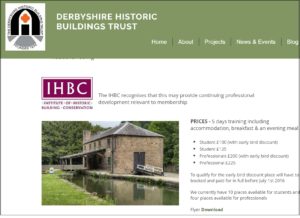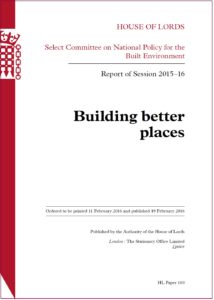Built Environment Forum Scotland (BEFS) has offered its review ministerial appointments in Scotland following the First Minister’s announcement of her new Cabinet Secretaries for the 2016-17 sitting of the Scottish Parliament, as the historic environment remains with Fiona Hyslop within the Culture, Tourism and External Affairs portfolio.
The Planning portfolio is lodged with Angela Constance within Communities, Social Security and Equalities. BEFS has written to Ms Hyslop and Ms Constance to ask for a meeting and over the next few months intend to contact all MSPs elected in May.
BEFS writes:
‘Ms Hyslop has held the historic environment within her remit for over 6 years, since December 2009, outstripping all her predecessors by far. Patricia Fergusson held it for the second longest at just under 2 1/2 years. There can be no denying that Ms Hyslop knows the heritage landscape well and not only do we look forward to working with her and the Culture and Historic Environment Division, we are very interested to find out how the SNP Manifesto commitments for the historic environment will be delivered.
Cabinet Secretary for Culture, Tourism and External Affairs: Fiona Hyslop MSP
Culture and the arts, Broadcasting, Architecture, Built Heritage, National identity, Cross government co-ordination on bringing major events to Scotland, National records, Fair trade, Tourism, International development, Cross-government co-ordination on European Union and international relations, Scottish diaspora.
The SNP Manifesto committed to: ‘2017 is our Year of History, Heritage and Archaeology and we will work with Historic Environment Scotland and partners to create a long-term Infrastructure Investment Plan for restoring, enhancing and conserving our built heritage environment. We will support Historic Environment Scotland, as it takes forward the nation’s first Historic Environment Strategy.’
Tourism has been added to this portfolio which is timely given the opportunity 2017 presents the heritage sector. The long-term Infrastructure Investment Plan for restoring, enhancing and conserving our built heritage environment should be welcome news and an area we are currently seeking detail on. It also appears to fall within the remit of the Cabinet Secretary for Economy, Jobs and Fair Work, Keith Brown MSP.
Cabinet Secretary for Finance and the Constitution: Derek Mackay MSP
Scottish Budget, Fiscal policy, Taxation, Budgetary monitoring and reporting, Scottish Public Finances and their sustainability, Public sector pay and pensions, Scottish Futures Trust, Efficient government, Public Bodies Policy, National Performance Framework, Registers of Scotland, Government procurement, Digital Public Services, Constitution.
The work of the Scottish Futures Trust in analysing the assets of public bodies and advising on their disposal and/or redevelopment is of relevance to communities of interest and place. BEFS is currently working on a recommendation on the National Performance Framework with the Measuring Success Working Group but we understand there may be a more systemic review of Scotland Performs in this parliament. No doubt the Forum will wish to see the historic environment retained within the Framework.
Cabinet Secretary for Communities, Social Security and Equalities: Angela Constance MSP
Welfare policy, Community empowerment, Devolution to Communities and Reform of Local Government, Equalities, Religious and faith organisations, Protection and development of Social and Human Rights, Third sector and social economy, Democratic renewal, Local government, Housing, Homelessness, Community planning, Planning, Business improvement districts, Town centres, Building standards, Social security, Implementation of new powers, Measures against poverty, Disabilities, Older people.
View the complete list of appointments in Scotland for the coming term
See the BEFS report and further details



